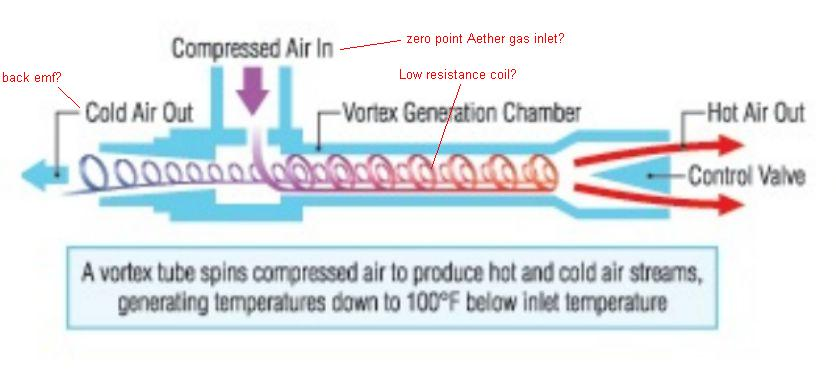Let's imagine a simple circuit composed of a battery, a CSR (a current sense resistor) and a resistor for a load. A simple DC circuit. You hook this circuit up and a few seconds later the load resistor is hot, the CSR is hot and the battery is getting warm.
You pick some different components and hook them up. This time, the load resistor gets hot, but the battery and CSR stay cool. You can't feel them getting warmer and your thermometer seems to tell you "nothing is changing temperature wise" in regards to the battery and the CSR.
Probably half of you out there know exactly where this is leading. I'm not aiming this at you. This is for the readers that come on this forum saying, "I want to do what you are doing, but I don't know anything about electricity or electronics. All I know is that Tesla was a genius and his discoveries have been lost."
If you think you have a valid comment or question, I will be glad to hear it. But, it seems to me that a bunch of shallow thinking is getting promoted on this forum. (And I have been a member for quite a while now.)
When Tesla talks about radiant, that is THE SAME THING that we know as radio waves. True, there are radial and longitudinal components, but they are both radio waves. We also have a new vocabulary when it comes to inductors, capacitors, and a whole slew of other new stuff. But, cold electricity is nothing more or less than high voltage, low current circuitry.
If you think you know a better definition or description of cold electricity, this would be a good place for you to lay your cards on the table and explain what you think cold electricity is.
To expand on my thoughts, in great detail and with examples, please download and carefully examine the attached zip file which contain a spreadsheet. It simply uses Ohm's law and the power equation (watts = volts times amps) to show what happens in the simple (DC) circuit described above. It should be very helpful to you, if you are a beginner in the area of electricity and electronics.
Good luck with your experiments and I hope you come up with something that will change the course of history.
Also, by the way, I saw a video posted recently in which a well regarded member of this community discussed a circuit idea related to the notion of cold electricity. I really started to wonder what he is thinking. So, please, share your ideas here if you think I'm on the wrong track.
You pick some different components and hook them up. This time, the load resistor gets hot, but the battery and CSR stay cool. You can't feel them getting warmer and your thermometer seems to tell you "nothing is changing temperature wise" in regards to the battery and the CSR.
Probably half of you out there know exactly where this is leading. I'm not aiming this at you. This is for the readers that come on this forum saying, "I want to do what you are doing, but I don't know anything about electricity or electronics. All I know is that Tesla was a genius and his discoveries have been lost."
If you think you have a valid comment or question, I will be glad to hear it. But, it seems to me that a bunch of shallow thinking is getting promoted on this forum. (And I have been a member for quite a while now.)
When Tesla talks about radiant, that is THE SAME THING that we know as radio waves. True, there are radial and longitudinal components, but they are both radio waves. We also have a new vocabulary when it comes to inductors, capacitors, and a whole slew of other new stuff. But, cold electricity is nothing more or less than high voltage, low current circuitry.
If you think you know a better definition or description of cold electricity, this would be a good place for you to lay your cards on the table and explain what you think cold electricity is.
To expand on my thoughts, in great detail and with examples, please download and carefully examine the attached zip file which contain a spreadsheet. It simply uses Ohm's law and the power equation (watts = volts times amps) to show what happens in the simple (DC) circuit described above. It should be very helpful to you, if you are a beginner in the area of electricity and electronics.
Good luck with your experiments and I hope you come up with something that will change the course of history.
Also, by the way, I saw a video posted recently in which a well regarded member of this community discussed a circuit idea related to the notion of cold electricity. I really started to wonder what he is thinking. So, please, share your ideas here if you think I'm on the wrong track.


 .
. 

Comment